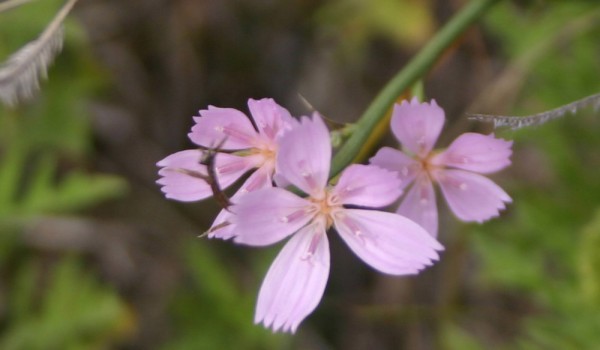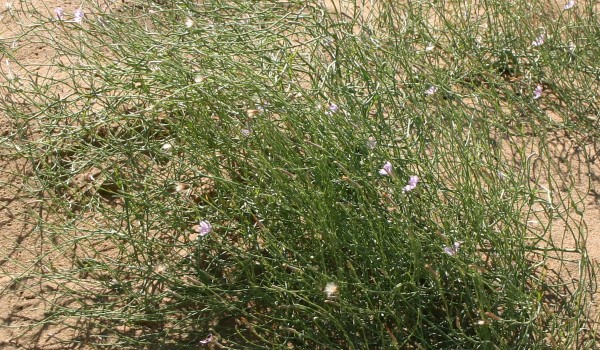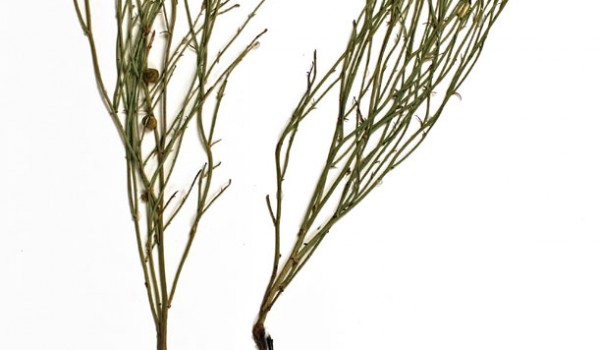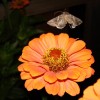Aster (Asteraceae)
Skeletonweed
Lygodesmia juncea (Pursh) D. Don ex Hook.The tiny leaves and straggled appearance of this plant gave rise to its common name. Its flowering heads have blue to pink ray florets, but no disc florets. Plants are unpalatable to most grazers, because stems release a milky, latex-like juice when broken. They have been used by Indigenous people for medicinal purposes, and to make chewing gum. Sometimes, small Gall Wasps (Family Cynipidae) form galls on the stems. The likely provide nectar to rare sand dune moths.
Flower Colour:
- Pink
Flowering Season:
- Summer
- Fall
Flowering Months:
- August
- July
- June
- September
Canadian Rarity Status:
Not rare. Listed as “sensitive” in British Columbia.
Physical Appearance:
The erect, branching stems are grooved and grow 10-70 cm tall. Leaves are alternate and linear, with the upper ones much smaller and scale-like. Solitary flowering heads, 2-3 cm across, occur at the ends of branches. Each one has 3-6 strap-shaped ray florets tipped with 5 teeth, and is backed by two whorls of bracts. Fruits are spindle-shaped achenes with a small tuft of white bristles.
Gardening Notes:
Seeds and/or plants may be available from greenhouses and seed supply companies specializing in native plants. It can be propagated by seed.
Canadian Distribution:
- Alberta
- British Columbia
- Manitoba
- Saskatchewan
Prairie Types:
- Mixed Grass Prairie
Habitats:
- Forests
- Prairies
- Roadsides
- Valleys
Moisture Conditions:
- Dry
Light Preference:
- Full Sun
Soil Preference:
- Sand









 Owlet Moths (
Owlet Moths (